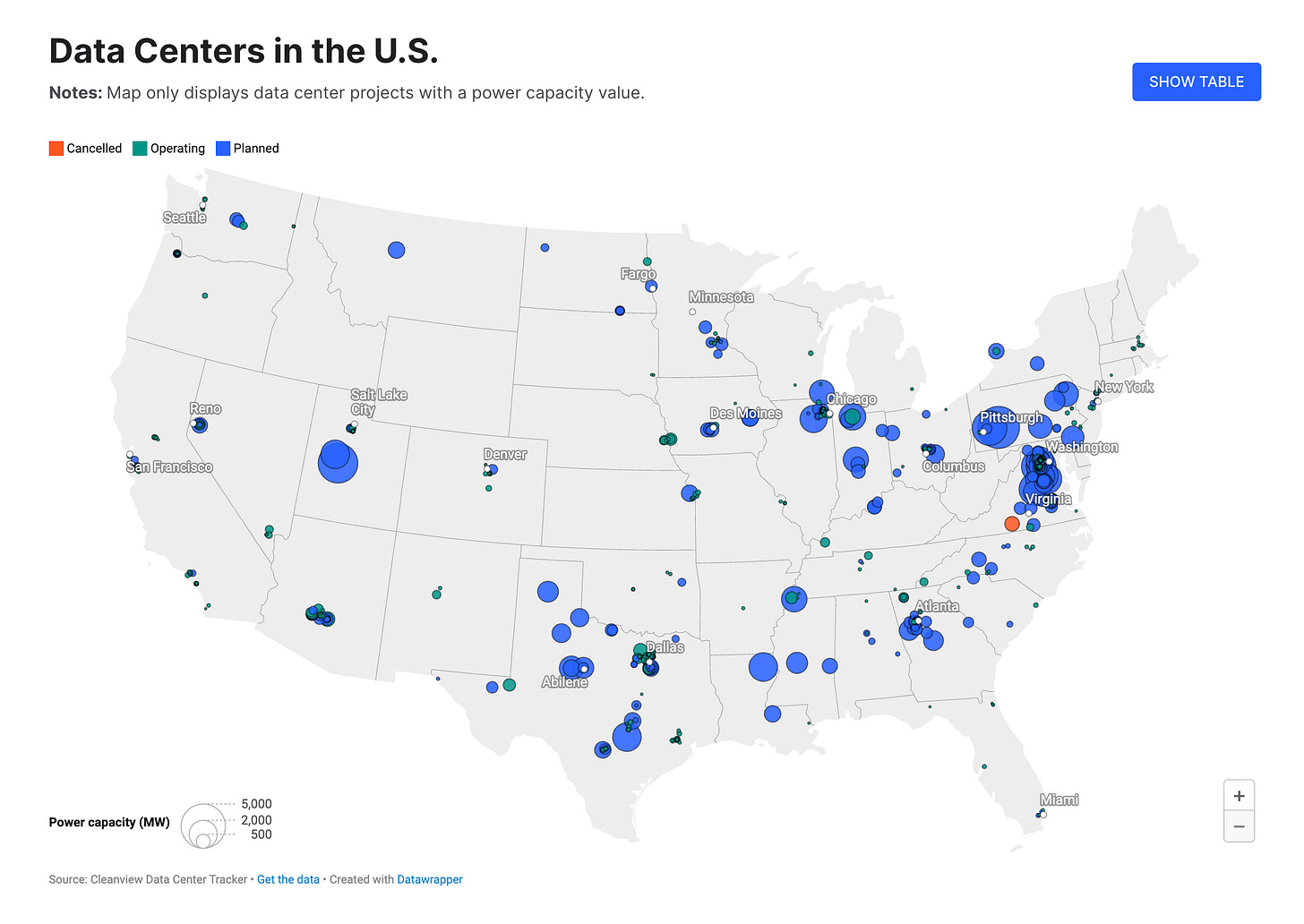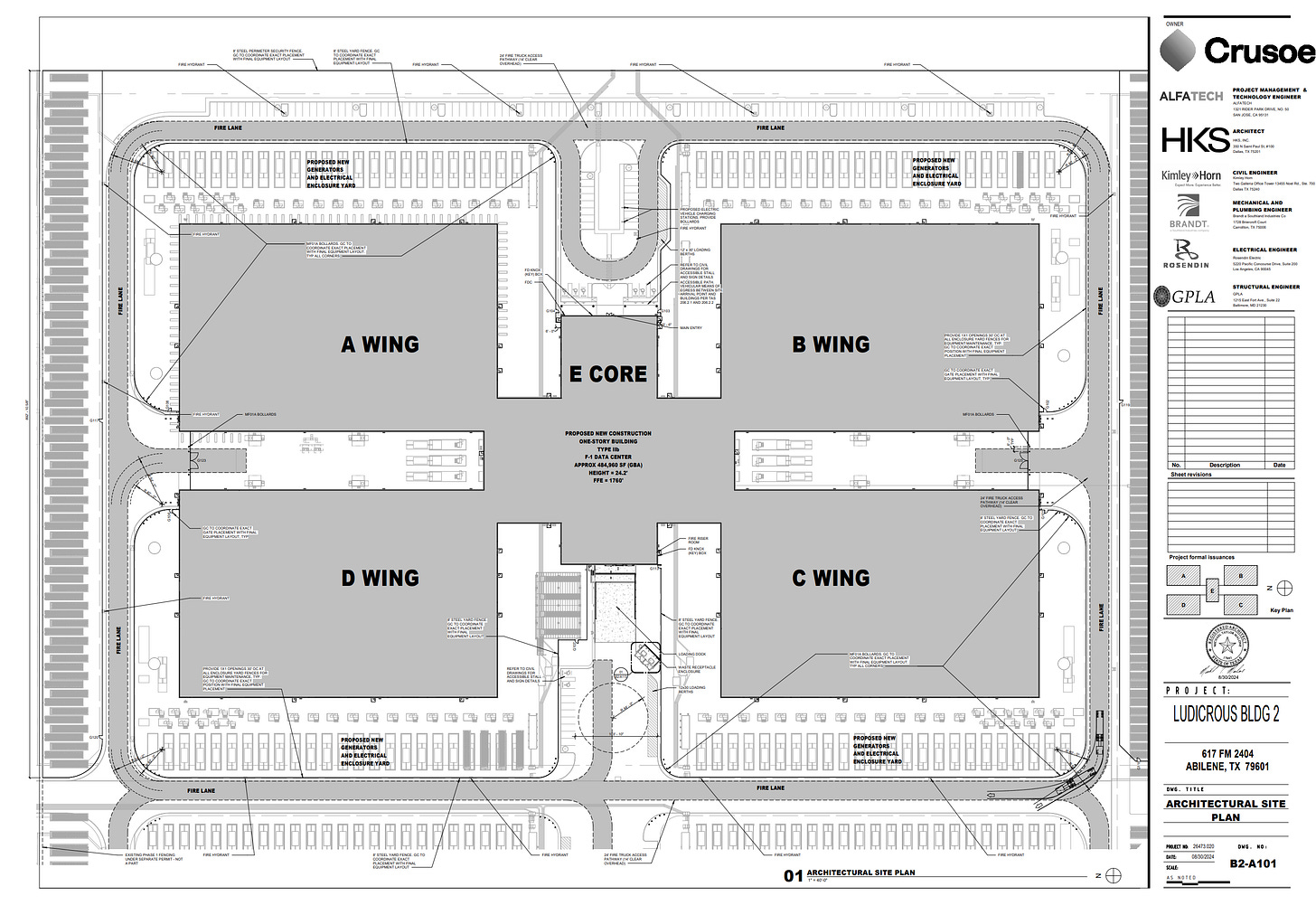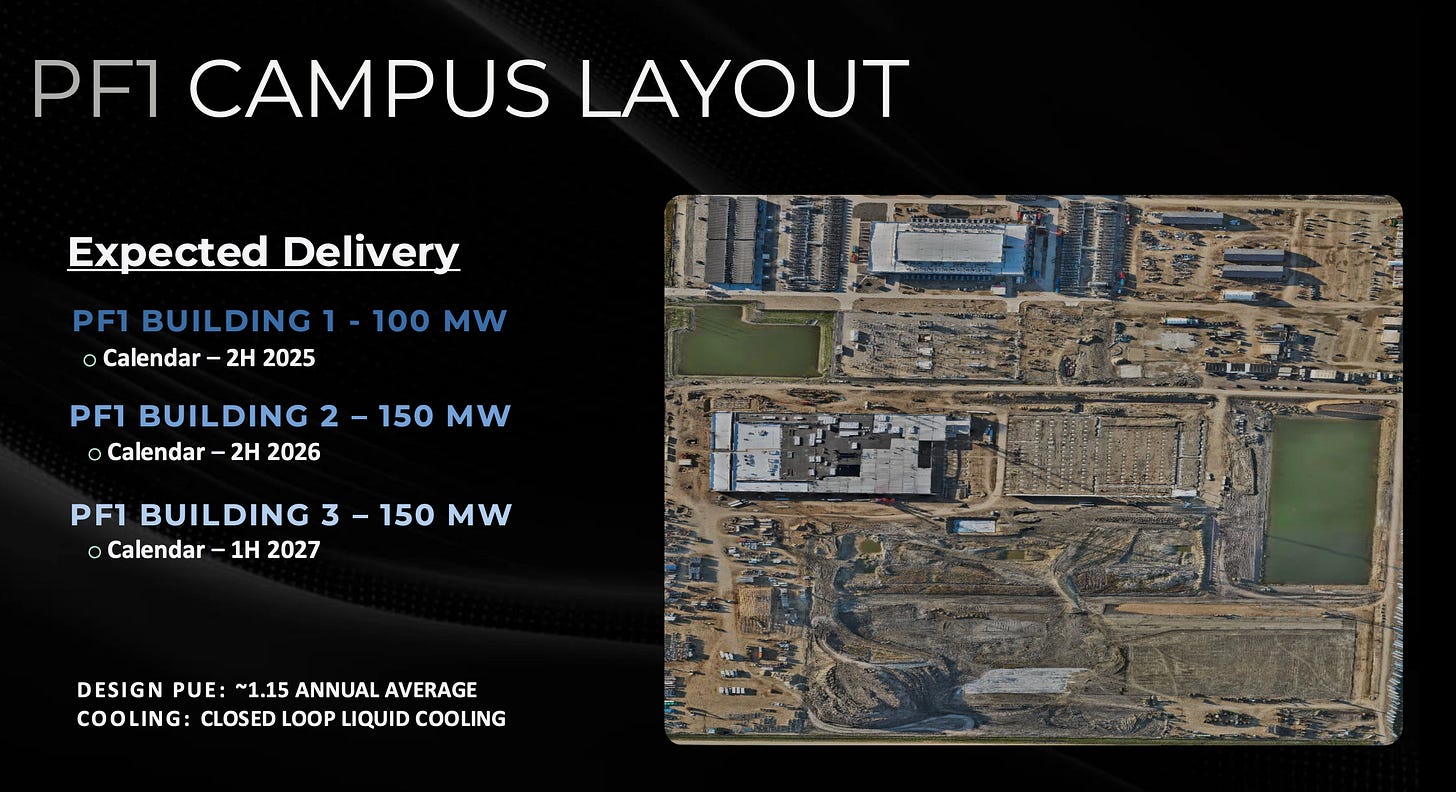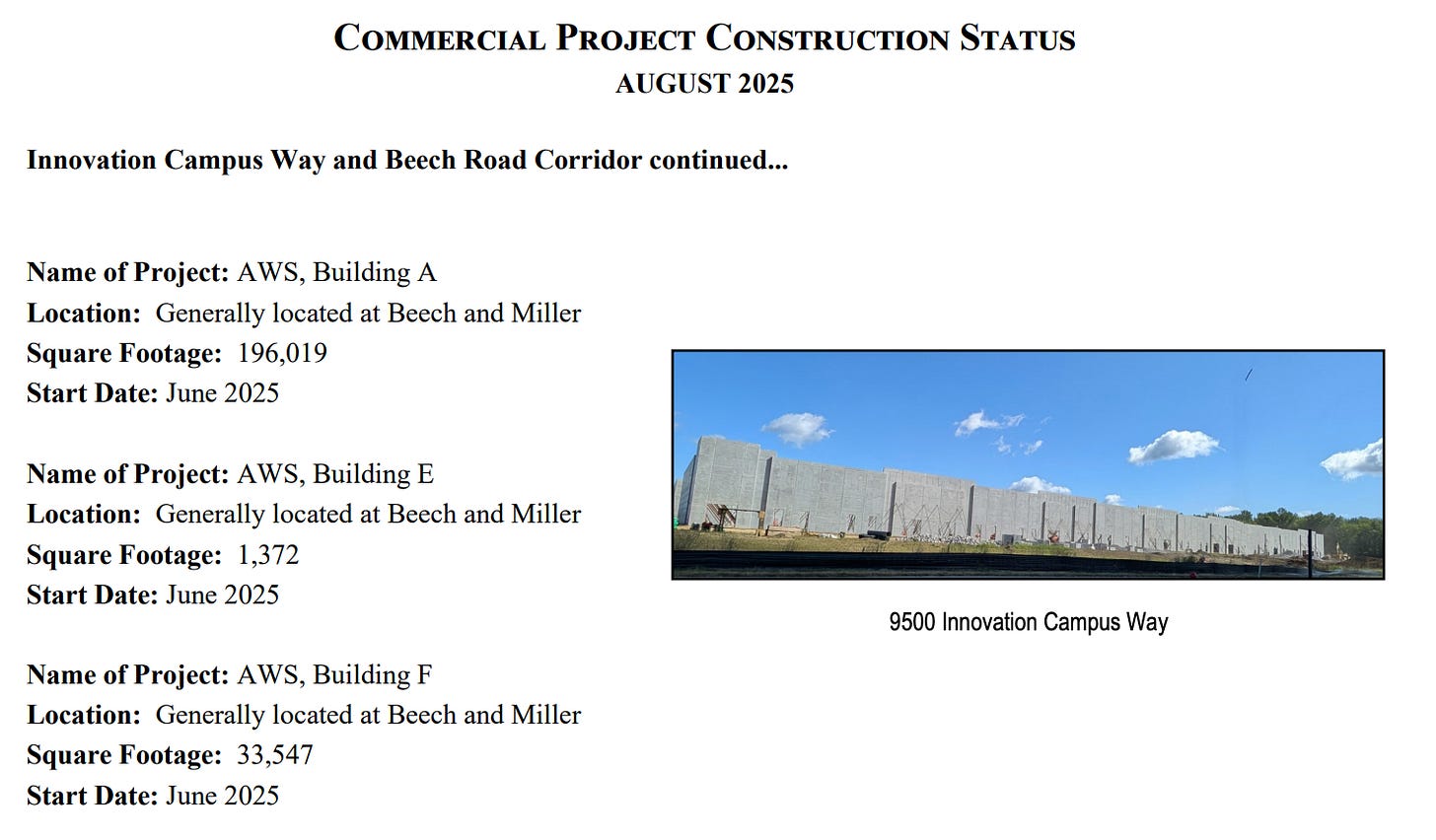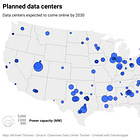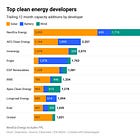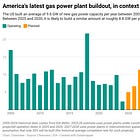How we identified 500+ planned data centers
Behind the scenes on how we identified some of the largest planned data centers in the US
Earlier this month, we launched our data center tracker with more than 500 planned data centers in the US. I used the tracker to write a story about the largest planned hyperscale projects that quickly became one of my most popular.
The most common question I’ve been asked since then is how we found all these data centers.
Unlike the 10,000+ planned power projects that we track on the Cleanview platform, there aren’t any public data center queues that you can scrape. These projects are famously secretive—often operating under opaque holding companies like Wildcat LLC (Meta) for as long as possible.
I think transparency is important as we decide where and how to site these projects given the impact they will have on the grid, local economies, and the environment. So I thought I’d share some of the most common sources where we’ve been able to identify data centers:
State environmental permits
Virtually all data centers have backup diesel generators. To run those, they often need a permit from the state.
Virginia publishes their Issued Air Permits for Data Centers
Texas publishes their Texas Title V Permits
California counties publish their CEQA archives
We went through hundreds of these files to identify planned projects. For example, in the Texas Title V Permit database we found 312 pages of details on OpenAI’s Stargate project in Texas (under the name Longhorn Data Center).
Data center developer / hyperscaler websites
While some companies try to conceal their identify for as long as possible, some brag about their 1 GW data center in hopes of attracting a tenant.
As we started to identify individual projects, we checked their website and press releases for any previous announcements. This yielded a surprisingly large number of projects. One project found in an environmental permit, might lead to another 20 from the developer’s website.
Investor presentations and SEC filings
For publicly traded companies—especially “neoclouds”—investor presentations and quarterly filings proved to be a goldmine. Often we could find the exact capacity in megawatts and timing of each phase of a project in these documents.
Here’s an example of the details that Applied Digital shared about their Polaris Forge 1 project in North Dakota in a recent investor presentation:
Local news stories
Every time we found a project, we searched for other projects in the same city and county.
Often local news stories popped up where some local journalist had sat through a county commission meeting and reported on a data center developer applying for a land zoning change.
That might also point towards a county website or document listing all planned projects as happened in the data center hotspot of New Albany, OH.
Those were a few of the sources that helped us identify projects. Given how much interest there is in the topic, I thought I’d share them here.
In some ways, this is giving away our secret sauce. But throughout my career I’ve operated on a principle of transparency. And given that it took three of us most of the summer to build our initial dataset, I’ll assume there are a lot of folks who’d prefer to just sign up for the Cleanview platform than do all the grunt work themselves.
Sign up for Cleanview
If your company or nonprofit is interested in using the platform, you can try it out for free for 7 days by clicking the button below.


